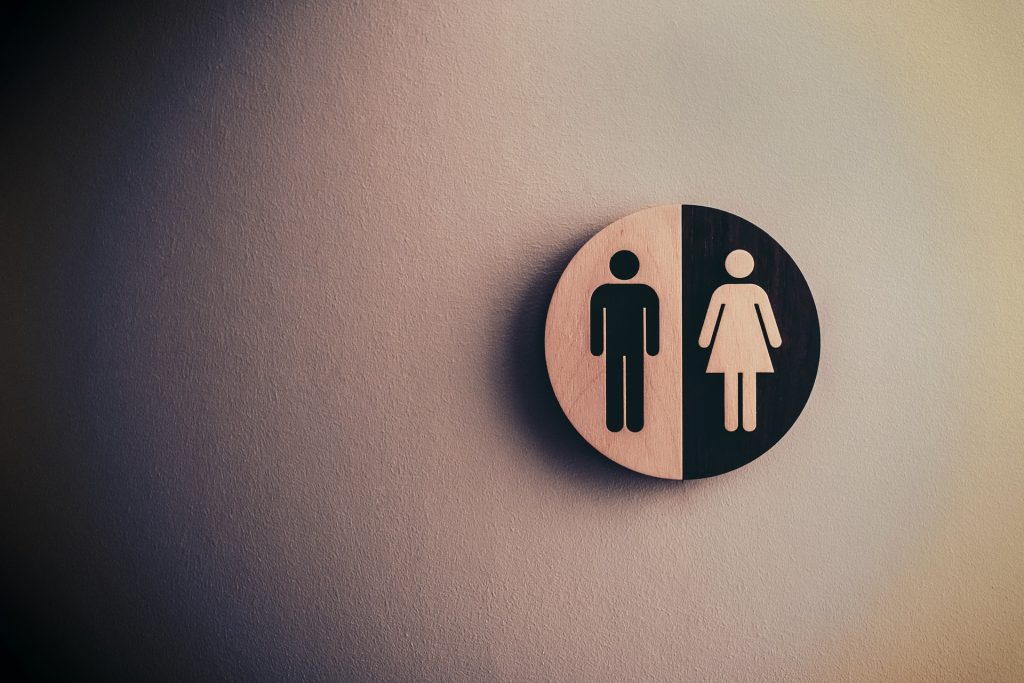Great Gift Ideas for Healthcare Workers

If you’re stuck for gift ideas for a certain healthcare worker, or you are one yourself and looking to leave hints for someone stuck for ideas, this list could help.
1: A Good Pair of Scrubs
This one may seem obvious, but not all scrubs are identical or of high quality, and healthcare providers can never have enough high-quality scrubs. Ones that are soft, flexible, and moisture-resistant are ideal. For the fashion-conscious healthcare worker, go for jogger style.
2: A Massage Gun
The healthcare working environment is a physically demanding one. With long shifts, sometimes up to 24 hours or even longer, much of the time is spent standing. A massage gun can work wonders for sore muscles, aches, and pains.
3: Good Moisturiser or Hand Cream
Healthcare workers wash their hands and use hand sanitiser all day long, which can cause the skin to dry out and lead to painful cracking. A good moisturiser can go a long way. However, avoid those that are heavily scented since some patients may be sensitive to the chemicals. Another great option is hydrating single-use hand masks.
4: Quick Meal Solutions
Gift cards for food delivery services like Uber Eats or Mr D are a great way for healthcare workers to get an easy meal – and can offer healthy alternatives to junk food. Cooking most likely is not at the top of their priority list either on shift or coming off of it, so this can be a practical way to be supportive and make their lives a little easier.
5: Custom Tailored Lab CoatThe long white lab coat is a symbol of office for physicians, a representation of all the long years of hard work they’ve put into their career as well as a reassuring sight for patients. A custom-tailored and embroidered white lab coat would make the perfect gift for any physician.
6: Spa DayTwo years into the pandemic with the constant threat of burnout, there’s nothing quite like having an indulgent spa day for your healthcare worker friend or family member to relax. A good massage to ease stiff muscles and a sauna session is a fantastic way to help unwind, lease the burden and de-stress.
7: Smartwatch
A smartwatch that can track health data and perform other functions can make a great gift for a healthcare worker if they don’t have one already. Smartwatches are of course convenient for checking the time, but they can also monitor activity and exercise levels and overall well-being and sync with mobile phones for calls, alerts, and many apps – some of which can warn if healthcare workers are falling ill.
8: Travel Mug
People who are on the go for their job can always use a travel mug, especially paramedics who spend long nights on shift on the road. This will keep coffee (or tea, hot chocolate, or soup) at just the right temperature for extended periods of time.
9: Compression Socks
Working in a field that requires a great deal of time spent on their feet, most healthcare workers likely know about the benefits of compression socks. They prevent muscle soreness and stiffness in the legs, and just like regular socks (and scrubs), you can never have too many.
10: Blue Light Blocking Glasses
Hours spent sitting at a computer, inputting patient charts can cause some serious eyestrain. This can purportedly be reduced by wearing blue light glasses (which can be either prescription or non-prescription) which filter out blue light, supposedly reducing strain. Evidence for the glasses are mixed, but many swear by them.
Source: MedPage Today










